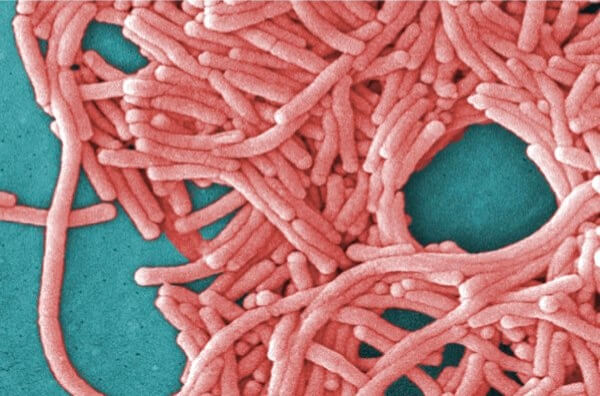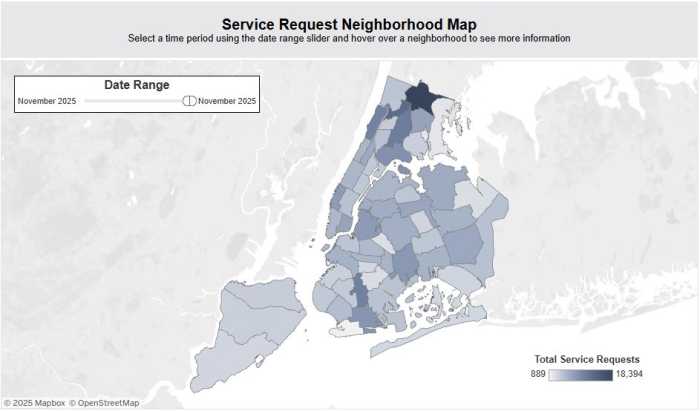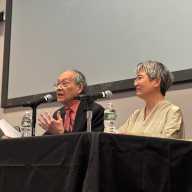By Gina Martinez
After two new cases of Legionnaires’ disease were confirmed, the New York City Department of Health held a community meeting in downtown Flushing giving updates and tips.
Health Commissioner Dr. Mary T. Bassett, Deputy Commissioner Dr. Demetre Daskalakis and City Councilman Peter Koo (D-Flushing) gathered at Flushing Town hall Monday and answered questions about the cluster of Legionnaires’ in the central business district.
In the last two weeks DOH has confirmed 14 cases of Legionnaires’ disease in the downtown Flushing area, with two new confirmed cases as of Oct. 19. According to Bassett, 13 patients have been discharged from the hospital and one patient is currently still hospitalized.
Bassett advised Flushing residents to get tested if they begin to feel sick.
“We’re hopeful that the exposure that caused this cluster is over because we haven’t seen anybody diagnosed since October 19, but we’re very vigilant, we’re very concerned to get the word out to residents that they should seek care early,” Bassett said at the Mondays meeting.
The Health Department is actively investigating the cluster and has taken water samples from all cooling tower systems within the investigation zone in downtown Flsuhingto test for Legionella, the bacteria that causes Legionnaires’.
Symptoms typically include fever, cough, chills, muscle aches, headache, fatigue, loss of appetite, confusion and diarrhea and appear two to 10 days after significant exposure to Legionella bacteria, according to the DOH.
Legionnaires’ disease cannot be spread from person to person and most cases can be traced to plumbing systems where conditions are favorable for Legionella growth, such as cooling towers, whirlpool spas, hot tubs, humidifiers, hot water tanks, and the evaporative condensers of large air-conditioning systems, the DOH said.
The Alliance to Prevent Legionnaires’ Disease spokesman Daryn Cline said if the DOH is truly committed to finding the source of the outbreak, it should expand its investigation beyond cooling towers.
“First and foremost, Legionnaires’ disease is fundamentally a water issue,” he said. “DOH should consider all possible transmission points potentially infected with the Legionella bacteria coming from the water distribution system and not singularly focus on one piece of equipment. The department should not short-circuit the investigation by solely testing cooling towers.”
Reach Gina Martinez by e-mail at gmart





































